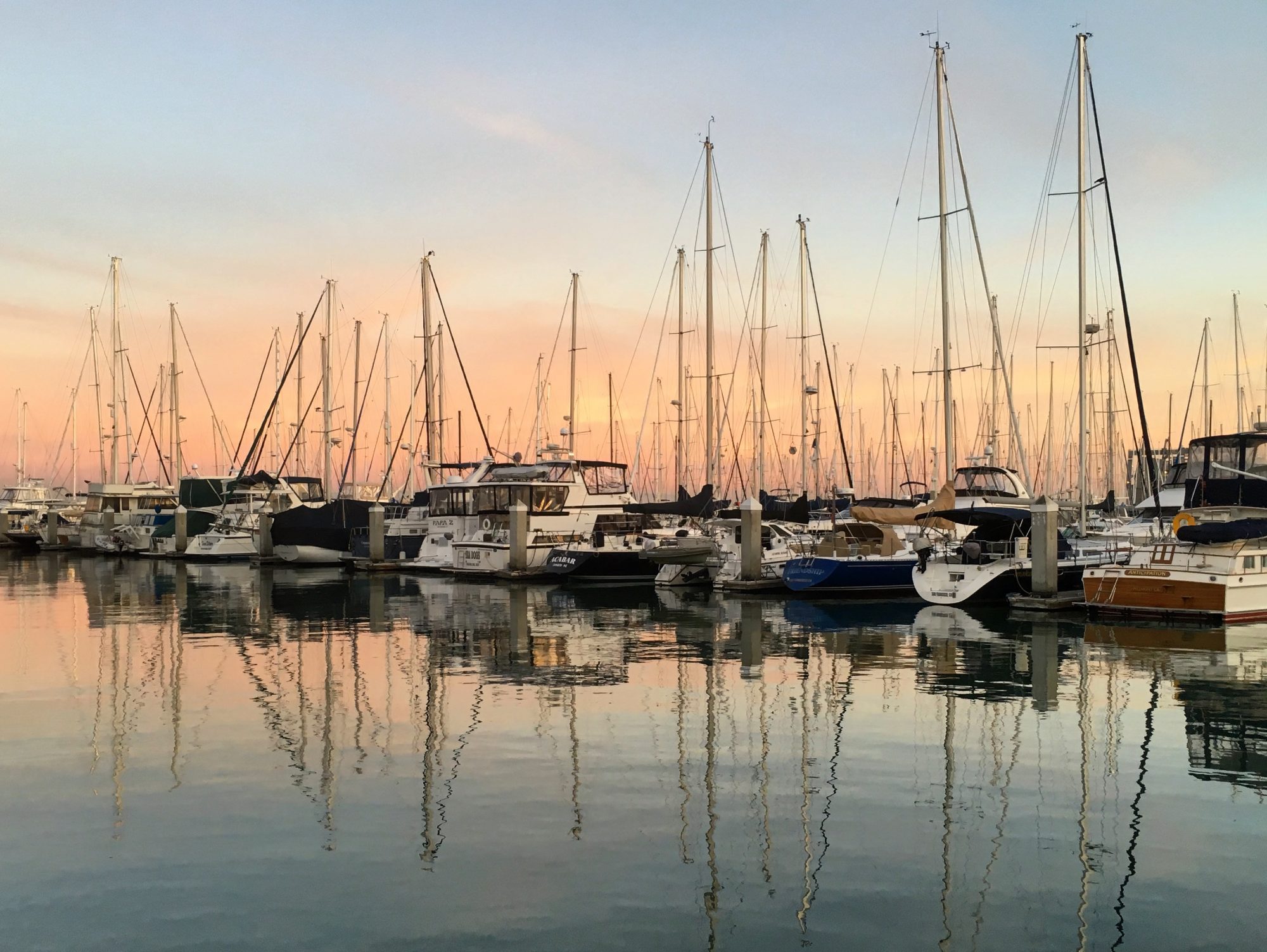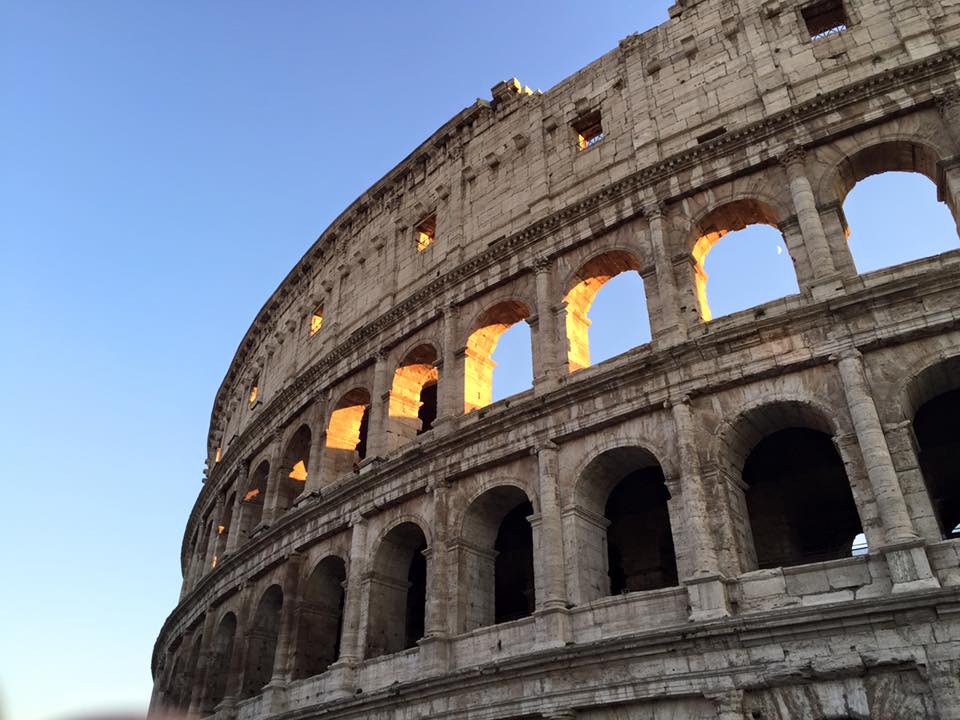
The Hotel Saturnia & International, Venice, has got it going on location-wise. It’s close to St. Mark’s Square, sits on an upscale shopping street and has its own little canal dock for when you need to get a water taxi to the airport in a hurry. Added to that is a tasty and filling breakfast included in our rate and a handy little bar/restaurant that is fun to duck into on your way out or when coming home from a night on the town.
In summer, breakfast is served outside in a little garden court and there’s also a sunroof with a nice view of the city.
Set in a charming century-old building, the hotel has a variety of rooms at different prices. Ours was one of the humbler rooms and wasn’t exactly spacious. A double, it had the requisite two beds but there was only just room for them and an antique dresser, wardrobe and narrow desk. I liked the furniture, no cookie-cutter Holiday Inn here, and really enjoyed the fabulous chandelier hanging from the ceiling. The bathroom was adequate and both bathroom and bedroom had windows opening to a decorative balcony. WiFi was not lightning fast but did work and didn’t cost extra, a big deal in my book.
For the rate we paid (about $250/night through Booking.com) this was a good deal. Staff, by the way, were awesome and, in some cases, handsome to boot.
I would say for the money, this hotel can’t be beat. Just one caveat: Bring earplugs. This has got to be the creakiest hotel I ever stayed in. Floors, beds, stairs all set up a symphony of squeaks, but since I NEVER travel without industrial-strength earplugs plus comfy eye mask I slumbered peacefully through it all.
- Where: 2399 S. MARCO, Venezia Tel. +39 041 520 8377
- Website: http://www.hotelsaturnia.it/
- Don’t miss: An aperol spritz in the La Caravelle restaurant.





